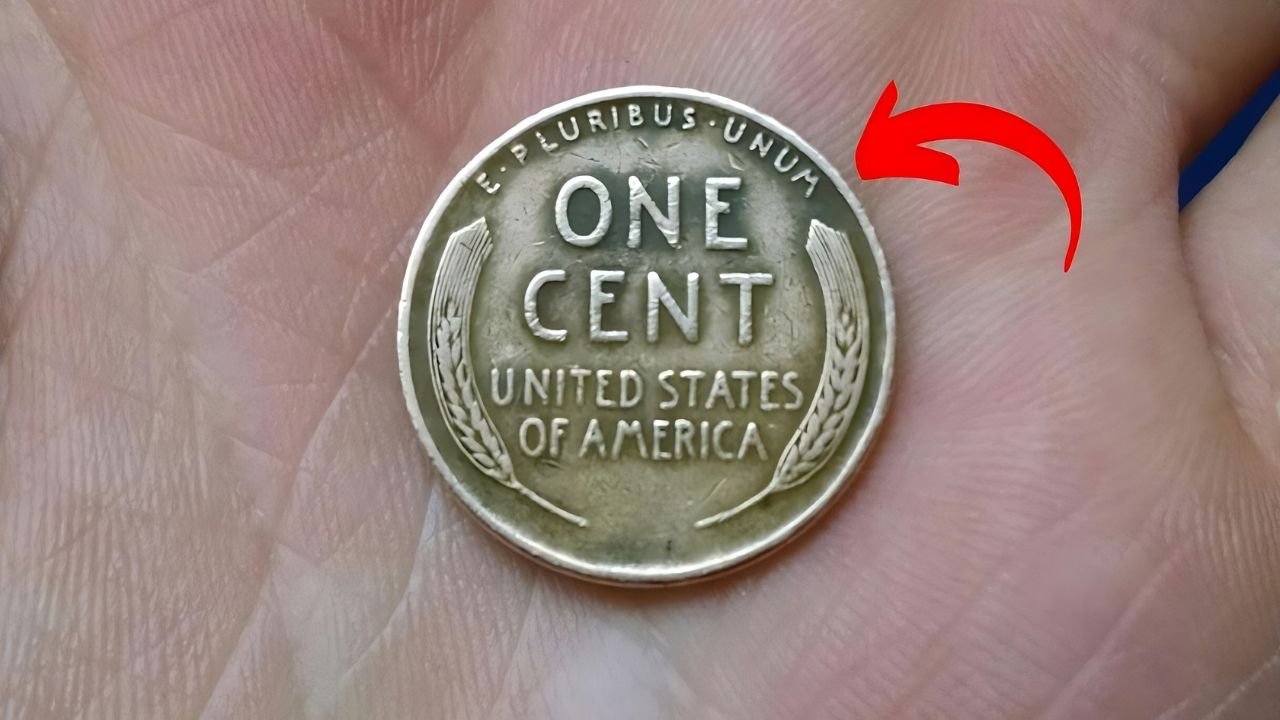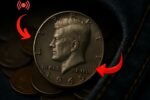The Lincoln Wheat Penny Valued at $11 Million: In an astonishing twist for collectors and everyday Americans alike, a Lincoln Wheat Penny has been valued at a jaw-dropping $11 million—and it’s reportedly still circulating in everyday pocket change. This seemingly ordinary coin, which most would overlook or dismiss as spare change, has captivated numismatists and treasure hunters with its extraordinary backstory and rarity.
The Coin That Defies All Odds
The Lincoln Wheat Penny was first minted in 1909 to honor the 100th anniversary of Abraham Lincoln’s birth. These pennies were produced until 1958, and millions were struck during that period. However, only a handful contain the unique combination of errors, mint marks, and historical quirks that elevate their value to the millions.
The $11 million penny is believed to be a 1943 Lincoln Wheat Penny struck in bronze, rather than the standard zinc-coated steel used during World War II. With copper in high demand for the war effort, the U.S. Mint transitioned to steel pennies—but a few bronze planchets (coin blanks) mistakenly remained in the presses. Only an estimated 15 to 20 bronze 1943 Lincoln Pennies are known to exist, making them one of the rarest and most coveted coins in the world.
Why It’s Worth So Much
Several factors contribute to this penny’s astronomical value:
Extreme Rarity: Fewer than two dozen are known to exist.
Historical Error: It’s a classic minting mistake from a critical time in American history.
Condition: Some of these rare pennies have survived in near-pristine condition.
Collector Demand: Wealthy coin collectors will pay record-breaking prices for a piece of numismatic history.
Still in Circulation?
According to recent reports and verified tips from coin experts, one of these ultra-rare 1943 bronze Lincoln pennies may still be in circulation. It’s believed the coin either slipped through the cracks unnoticed or was spent unknowingly in a cash transaction.
Coin dealers and hobbyists are now urging the public to check their pocket change, jars, and old collections, as the next multimillion-dollar discovery could be hiding in plain sight.
How to Spot One
If you’re hoping to strike gold—or in this case, bronze—look for these characteristics:
- Date: 1943
- Color: A reddish-brown hue instead of silvery steel
- Magnet Test: A genuine 1943 bronze penny will not stick to a magnet, unlike its steel counterpart.
- Mint Mark: Look for a small “D” or “S” below the date (for Denver or San Francisco), though the Philadelphia mint version (no mint mark) is just as valuable.
Final Thoughts
The idea that a coin worth $11 million could be resting in someone’s junk drawer or a supermarket register is both thrilling and surreal. It’s a reminder that rare treasures don’t always hide in vaults—they could be jingling in your pocket. So next time you get change back, take a second look—you might be holding history.
FAQs: The Lincoln Wheat Penny Valued at $11 Million, Still in Circulation
Why is it worth $11 million?
It’s a rare 1943 penny mistakenly struck in bronze during WWII.
How many exist?
Fewer than 20 genuine examples are known.
How can I identify it?
Look for a 1943 date, bronze color, and test with a magnet (it shouldn’t stick).
Why was bronze an error in 1943?
The U.S. switched to steel to save copper for the war effort.
Is it really still in circulation?
One unaccounted coin may still be out there—check your change!




